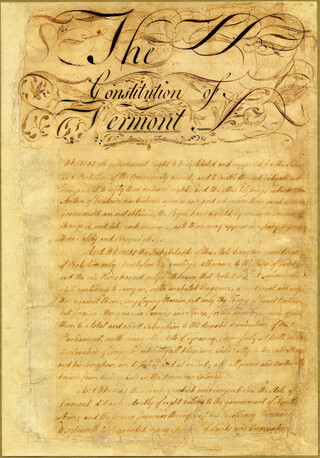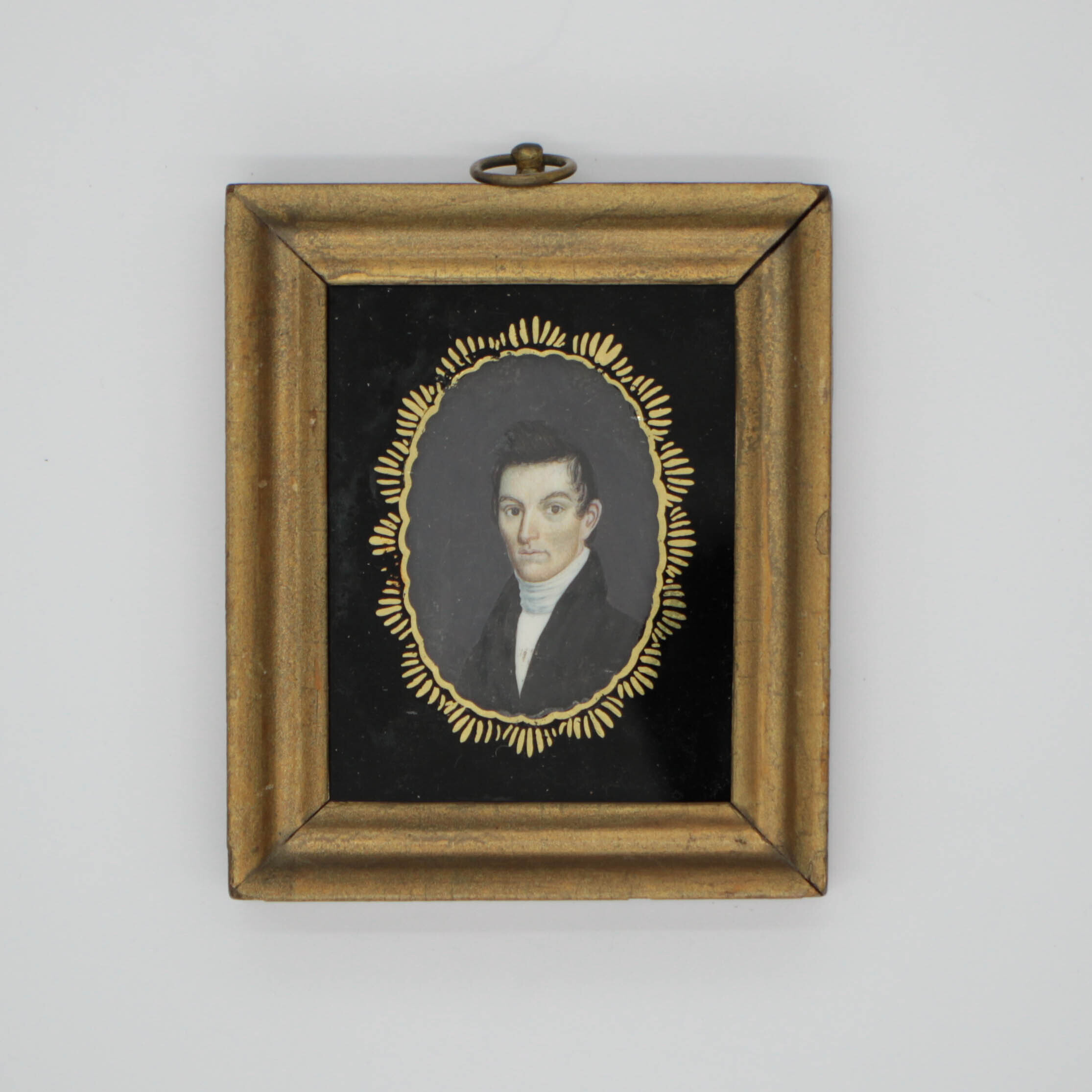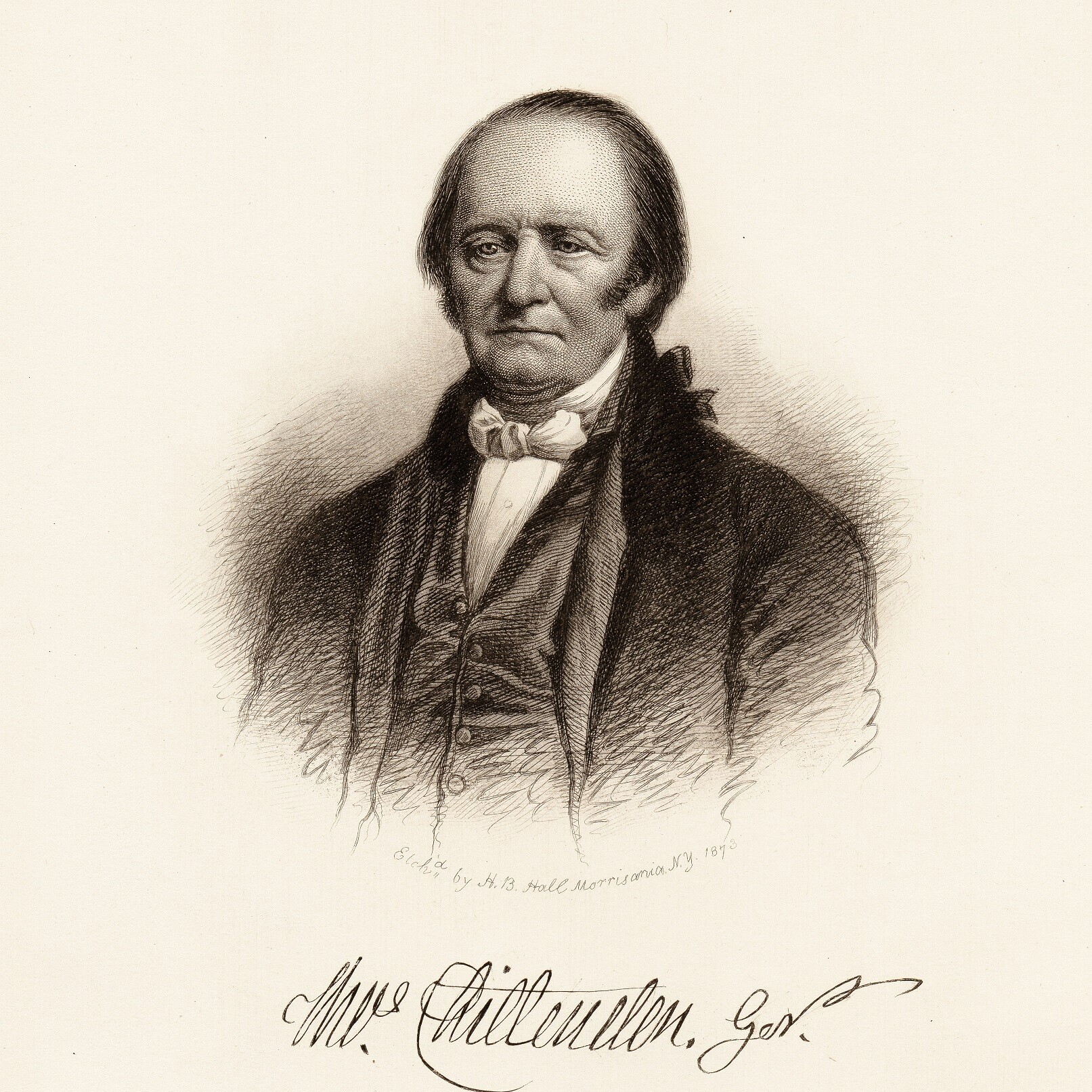New Frontier: The Republic of Vermont

On July 2, 1777, as the British army advanced down the Champlain Valley, delegates met in Windsor and approved the constitution creating the republic of Vermont.
Delegates elected Thomas Chittenden, Nathan Clark, Jonas and Joseph Fay, Moses Robinson, Ira and Heman Allen, and Matthew Lyon to the Council of Safety, the interim government. These men faced the daunting task of putting together a government in the middle of a war.
Only five days after the constitution was approved, Americans were defeated at the Battle of Hubbardton after abandoning Fort Ticonderoga and Mt. Independence. Terrified settlers fled their homes on the western side of the state. Urgent pleas were sent to Massachusetts and New Hampshire for reinforcements, local militias were called into service, and the American army regrouped. The British were defeated just outside of Bennington on August 16, 1777.
At the same time, the Council had to contend with the politicking of New York’s delegation in the Continental Congress. New York still insisted upon its land claims and passed resolutions trying to stop the formation of the new state. Writing a rebuttal, Ira Allen linked New York’s opposition to its leaders’ ties with the British, hoping to win votes for the new state. Meanwhile, on March 3, 1778, elections were held for representatives to Vermont’s General Assembly, which convened for the first time on March 12, 1778.
The 1777 Vermont Constitution
 Vermont’s constitution was written to legitimize the state in the eyes of the people of the Grants and the Continental Congress. The writers gave as their reason for creating the new state the premise that governments were created to provide for the security, support, and protection of the community and the natural rights of individuals. They believed the British king and New York authorities had failed them and by common consent they could change their government. Therefore, they were declaring their independence and establishing the new state of Vermont.
Vermont’s constitution was written to legitimize the state in the eyes of the people of the Grants and the Continental Congress. The writers gave as their reason for creating the new state the premise that governments were created to provide for the security, support, and protection of the community and the natural rights of individuals. They believed the British king and New York authorities had failed them and by common consent they could change their government. Therefore, they were declaring their independence and establishing the new state of Vermont.
The writers of Vermont’s constitution used the Pennsylvania constitution as a model, but they included some important changes. The Bill of Rights abolished slavery and gave voting privileges to all freemen. To this day, the state constitution remains the final reference for defining the legal balance between individual rights and those of Vermont’s communities.
Image: First page of the Constitution of the State of Vermont.
This page was originally created as part of the Vermont Historical Society’s Freedom & Unity exhibit in 2006. Some materials may have been updated for this 2021 version.



